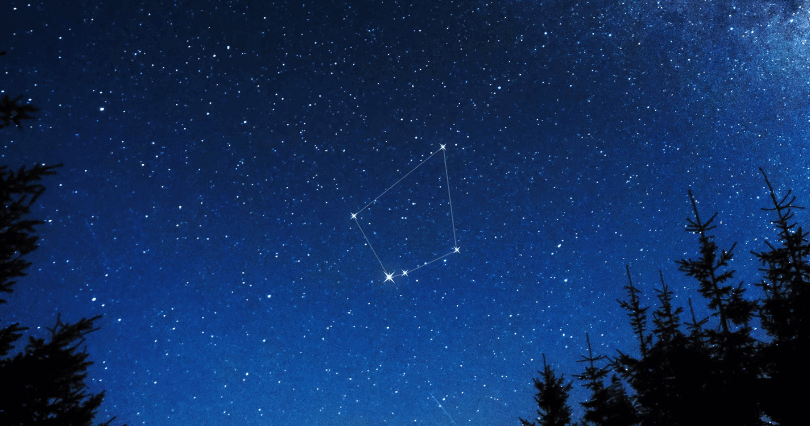Norma Constellation

Norma constellation is a fainted constellation in the southern hemisphere and it contains stars of magnitude 4.0. This constellation is home to many objects of the Milky Way, especially the ones that are known as ‘fogged’. Best time to see it is around bright and clear summer nights, south of the Zodiac constellation Scorpius and between the constellations Lupus, Ara, Circinus, and Triangulum Australe. The name of this constellation is Latin expression for the right angle, and it represents a rule, level, a set square or a carpenter’s square. It was first cataloged by famous French astronomer Nicolas de Lacaille in the 18th century. The constellation was originally named l’Equerre et la Regle.
After the telescope was discovered, Lacaille named some of the southern constellations he created by technical novelties of that era. The faint constellations that were part of the Lupus, Ara and Scorpius constellation in Ptolemy’s time, he now used to form the Level and he presented it to the public by the name ‘Norma et Regula’. Later on, did some of the Norma constellation stars returned to the Scorpius constellation, so Norma contains no Alpha or Beta stars.
How to find Norma constellation?
Norma constellation is 74th constellation in size and it is set in the 3rd quadrant of the southern hemisphere. Best time to see it is at culmination during summer months and can be seen at latitudes between +30° and -90°. Constellation is bordered by Ara, Lupus, Scorpius, Circinus and Triangulum Australe constellations.
Norma constellation is a member of the Lacaille family of constellations with Caelum, Circinus, Fornax, Mensa, Horologium, Octans, Microscopium, Pictor, Reticulum, Sculptor, and Telescopium constellations.
Major stars in Norma constellation
This constellation is home to only 4 stars with known planets. It contains no Messier objects, but it is however linked to one meteor shower named the Gamma Normids. Since this is one of the smallest constellations in the world, it doesn’t have any Alpha or Beta stars. There are several deep-sky objects associated with it like the Norma Cluster of galaxies, the bipolar Ant Nebula, the Fine-Ring Nebula, and the open clusters NGC 6067 and NGC 6087. Here is a list of Norma constellation stars:
-
γ Normae (Gamma Normae)
-
ε Normae (Epsilon Normae)
-
ι1 Normae (Iota-1 Normae)
-
η Normae (Eta Normae)
-
δ Normae (Delta Normae)
-
μ Normae (Mu Normae)
-
κ Normae (Kappa Normae)
-
R Normae
-
S Normae (47 G. Normae)
-
HD 142415
-
HD 148156
-
HD 143361
-
HD 330075
Mythology of the Norma Constellation
The constellation is recently discovered, so it has no background in Greek-Roman mythology. Norma was first introduced by famous French astronomer Lacaille in the mid-18th century and part of his new constellation list of the southern hemisphere. He spotted this one during his trip to South Africa at the Cape of Good Hope. Lacaille used the faint stars from neighborhood constellations to create the Norma constellation and named it after draughtsman’s set-square and rule - l’Equerre et la Regl. Norma is therefore associated with the carpenter’s square. It was used by carpenters or vessels, and later one was shortened to just Norma.
Later on, did the borders of this constellation change, and some of the stars are brought back to the Scorpius constellation – this is the main reason why Norma contains no Alpha or Beta stars. Constellation is now accepted and listed as one of the 88 modern constellations by IAU.


